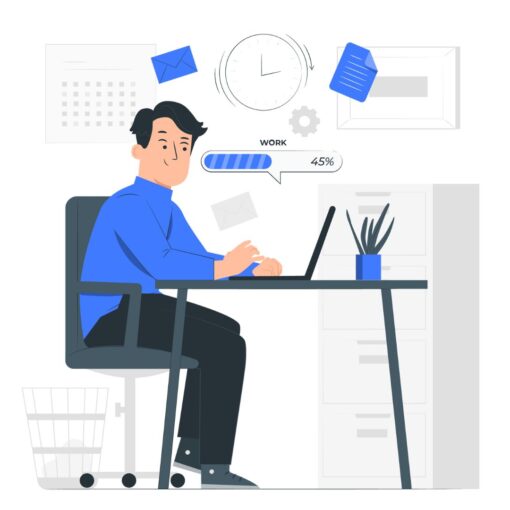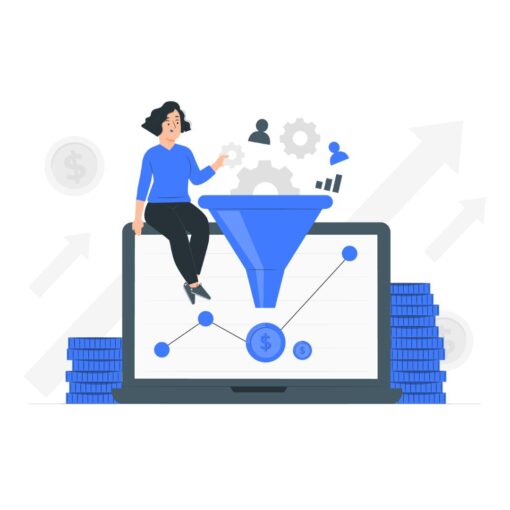SEO is much like a tightrope walk—lean too far in one direction, and you risk a fall. So, what do you need to balance when doing SEO? The answer is a mix of technical expertise, high-quality content, user experience, and strategic planning. In this guide, we’ll dive into the various elements you must harmonize to build a resilient SEO strategy that not only pleases search engines but also delights your users. Whether you’re a digital marketing newbie or a seasoned pro, understanding this balance is key to unlocking long-term online success.
Balancing Technical SEO and Content Quality
So what do you need to balance when doing SEO? When it comes to SEO, technical optimization and quality content are the yin and yang of your digital presence. On one hand, technical SEO ensures that search engines can efficiently crawl, index, and understand your site. On the other hand, quality content is what engages your audience and fulfills their search intent.
Technical SEO Essentials
- Site Speed and Mobile Optimization: Your website must load quickly and perform seamlessly on mobile devices. A slow or clunky site can frustrate users and diminish your rankings.
- Crawlability and Indexation: Proper site architecture, XML sitemaps, and clean URL structures help search engines navigate your content with ease.
- Secure Connections: Implementing HTTPS and other security measures not only protects your site but also builds trust with your audience.
Quality Content is King
- User-Focused: Your content should answer questions, solve problems, and provide value. It’s not just about stuffing keywords—it’s about resonating with your audience.
- Evergreen and Updated: Great content stands the test of time, but it should also be regularly updated to stay relevant.
- Multimedia Elements: Videos, infographics, and images can enrich your content and make it more engaging.
Witty Tip: Think of technical SEO as the sturdy frame of a house and quality content as the comfy furniture. Without a solid frame, even the most beautiful furniture won’t keep you safe—and without great furniture, the house just isn’t inviting.
On-Page vs. Off-Page SEO: Finding the Sweet Spot
So what do you need to balance when doing SEO? Balancing on-page and off-page SEO is like crafting a gourmet meal—both the ingredients and the presentation matter.
On-Page SEO
- Keyword Optimization: Strategically placing keywords in titles, headers, meta descriptions, and body text is crucial.
- Internal Linking: Thoughtful internal linking guides users through your content, distributing link equity and improving user engagement.
- Content Structure: Clear headings, bullet points, and well-organized content make your site more readable and user-friendly.
Off-Page SEO
- Backlink Building: Earning high-quality backlinks from reputable sites signals trustworthiness and boosts your authority.
- Social Signals: Engagement on social media can indirectly influence your SEO by driving traffic and enhancing your brand’s visibility.
- Online Reputation: Positive reviews and citations from other websites contribute to your overall SEO health.
Witty Tip: On-page SEO is the cooking, and off-page SEO is the dining experience—both need to be delightful for your audience to come back for seconds.
User Experience and Search Engine Requirements
Finding the balance between user experience (UX) and search engine optimization is essential. While search engines look for well-optimized content, real people want a website that is intuitive and enjoyable.
UX Factors That Influence SEO
- Navigation and Layout: A clear, intuitive layout helps users find what they need quickly, reducing bounce rates.
- Engagement Metrics: High dwell time, low bounce rates, and multiple pages per session all indicate a positive user experience.
- Visual Appeal: Clean design, quality images, and an organized structure contribute to a better user experience.
Search Engine Requirements
- Relevance and Authority: Your content must be relevant to the search queries it targets. Search engines analyze context and authority to rank pages.
- Technical Integrity: Fast loading speeds, mobile optimization, and secure connections are non-negotiable factors for SEO success.
Witty Tip: Imagine your website is a restaurant. The food (content) has to be delicious, but the ambiance (UX) needs to be inviting, too. Otherwise, your guests won’t stick around—even if the food is great.
Short-Term Wins vs. Long-Term Strategy
SEO isn’t a one-time project—it’s an ongoing process that requires balancing quick wins with long-term planning.
Chasing Short-Term Wins
- Quick Optimizations: Sometimes, simple fixes like updating meta descriptions or improving site speed can yield immediate improvements.
- Promotional Campaigns: Running targeted campaigns can provide a short-term boost in traffic and rankings.
Building a Long-Term Strategy
- Sustainable Content: Focus on creating evergreen content that remains relevant and valuable over time.
- Consistent Monitoring: Regular audits and updates ensure your SEO strategy evolves with search engine algorithms.
- Brand Building: Cultivating a strong, recognizable brand takes time but pays off with lasting authority and trust.
Witty Tip: Think of SEO as planting a tree. You might enjoy the shade of a few saplings quickly, but real growth—and the best shade—comes from nurturing a tree that’s been growing for years.
Automation vs. Human Expertise
In the modern SEO landscape, technology plays a significant role, but it can’t replace the nuanced understanding of a skilled marketer.
The Role of Automation
- Data Analysis: Tools like Google Analytics, SEMrush, and Ahrefs provide valuable insights into your site’s performance.
- Routine Tasks: Automation can handle tasks like reporting, keyword tracking, and basic site audits, saving you time.
- Scaling Efforts: Automated systems help manage large datasets and complex optimization tasks more efficiently.
The Need for Human Touch
- Strategic Insight: While automation provides data, human expertise interprets it and makes strategic decisions.
- Creativity and Context: Crafting compelling content, engaging in outreach, and understanding user intent require a human touch.
- Adaptability: SEO is constantly evolving, and human marketers are better equipped to adapt strategies in real-time.
Witty Tip: Automation is like your trusty robot assistant—it handles the heavy lifting, but it’s the human creativity that adds the sparkle.
Conclusion: Achieving SEO Harmony
So, what do you need to balance when doing SEO? The answer lies in harmonizing technical excellence with high-quality content, merging on-page efforts with off-page influence, and always keeping user experience at the forefront. Add to that a keen eye on both short-term wins and long-term strategies, and don’t forget the blend of automation and human expertise—and you’re well on your way to SEO success.
Key Takeaways
- Technical and Content Balance: Ensure your site is technically sound while offering valuable, engaging content.
- On-Page and Off-Page Integration: Combine internal optimizations with external signals like backlinks and social proof.
- User Experience Focus: Prioritize a seamless, enjoyable user journey that meets both human expectations and search engine standards.
- Short-Term vs. Long-Term: Strike a balance between quick wins and sustainable, strategic growth.
- Automation with a Human Touch: Leverage technology for efficiency, but always let human insight guide your strategy.
Your Next Steps
- Audit Your Website: Evaluate both technical SEO and content quality to identify improvement areas.
- Plan Your Strategy: Develop a balanced approach that integrates on-page, off-page, and user experience optimization.
- Set Measurable Goals: Define short-term wins and long-term objectives, then track your progress with reliable analytics tools.
- Embrace Flexibility: Stay adaptable and be ready to tweak your strategy as new trends and technologies emerge.
So what do you need to balance when doing SEO? Balancing SEO is an art that evolves over time. By mastering the delicate equilibrium between its many components, you’ll be well-equipped to navigate the ever-changing digital landscape—and achieve lasting online success. Happy optimizing!




